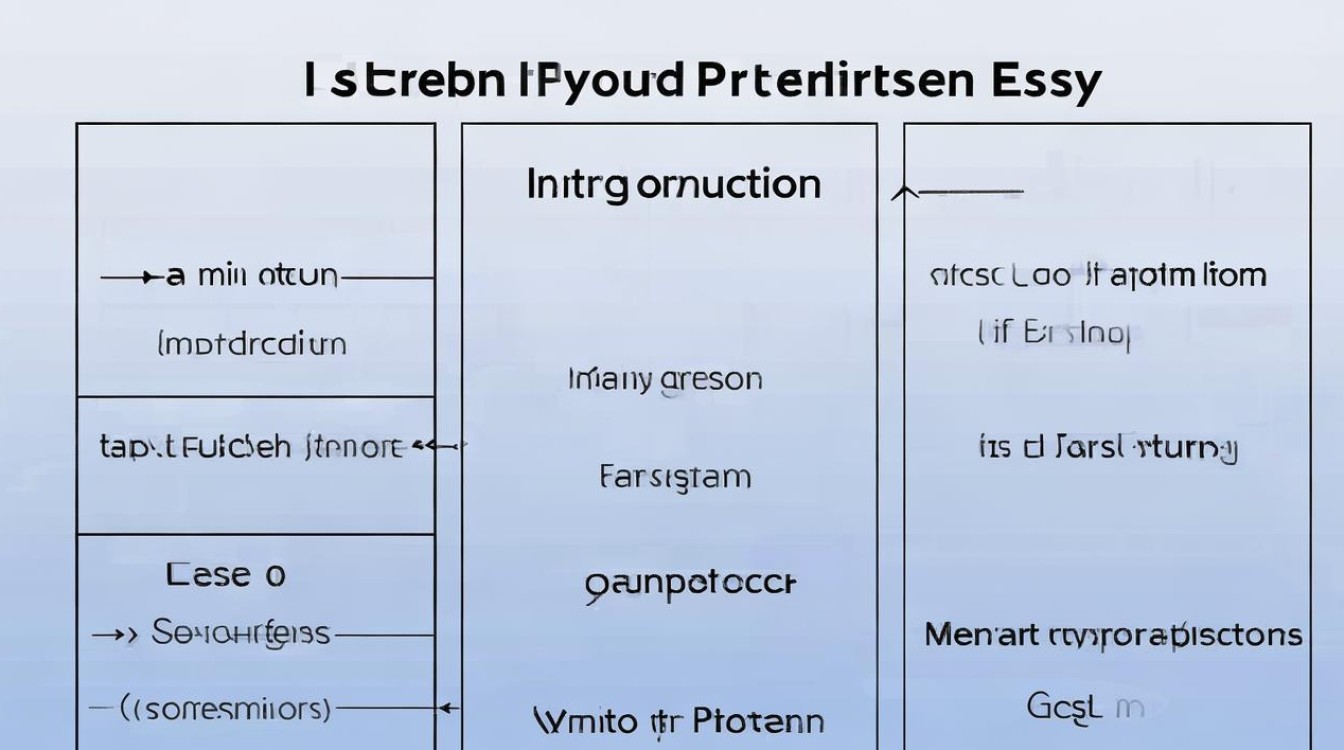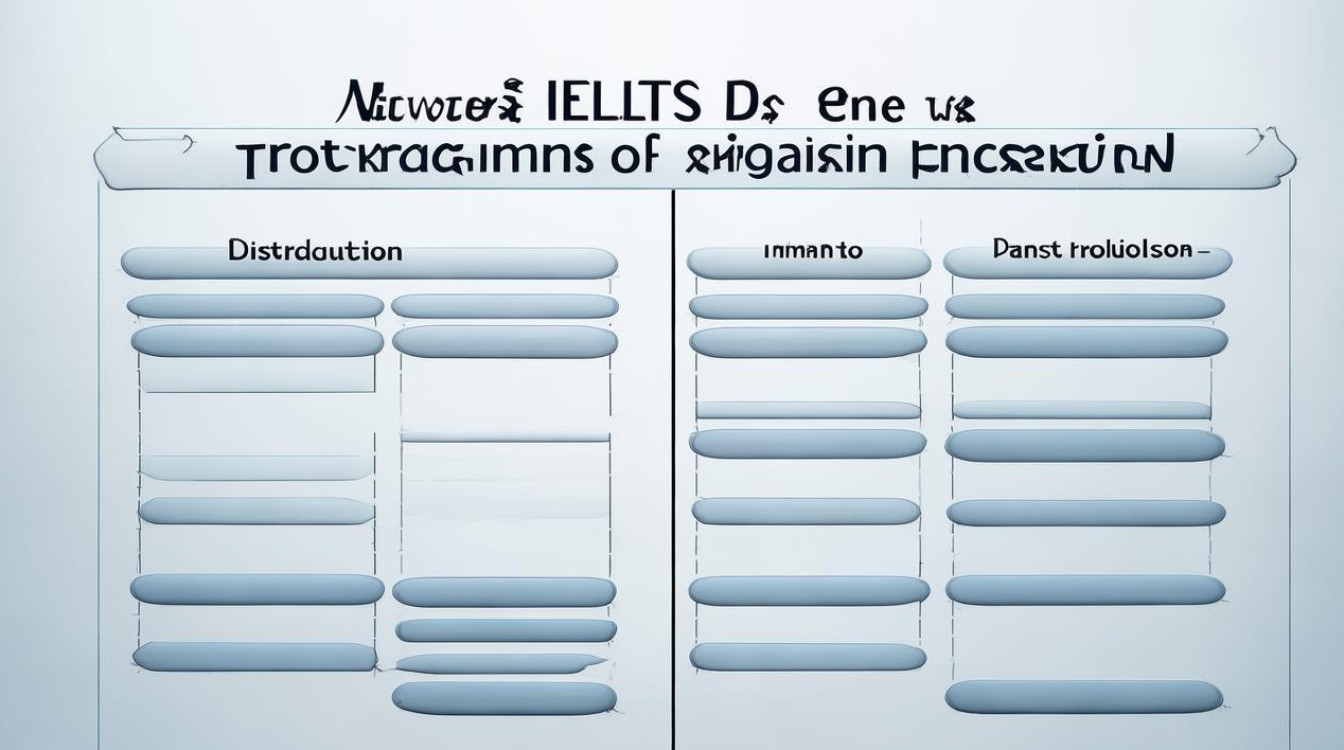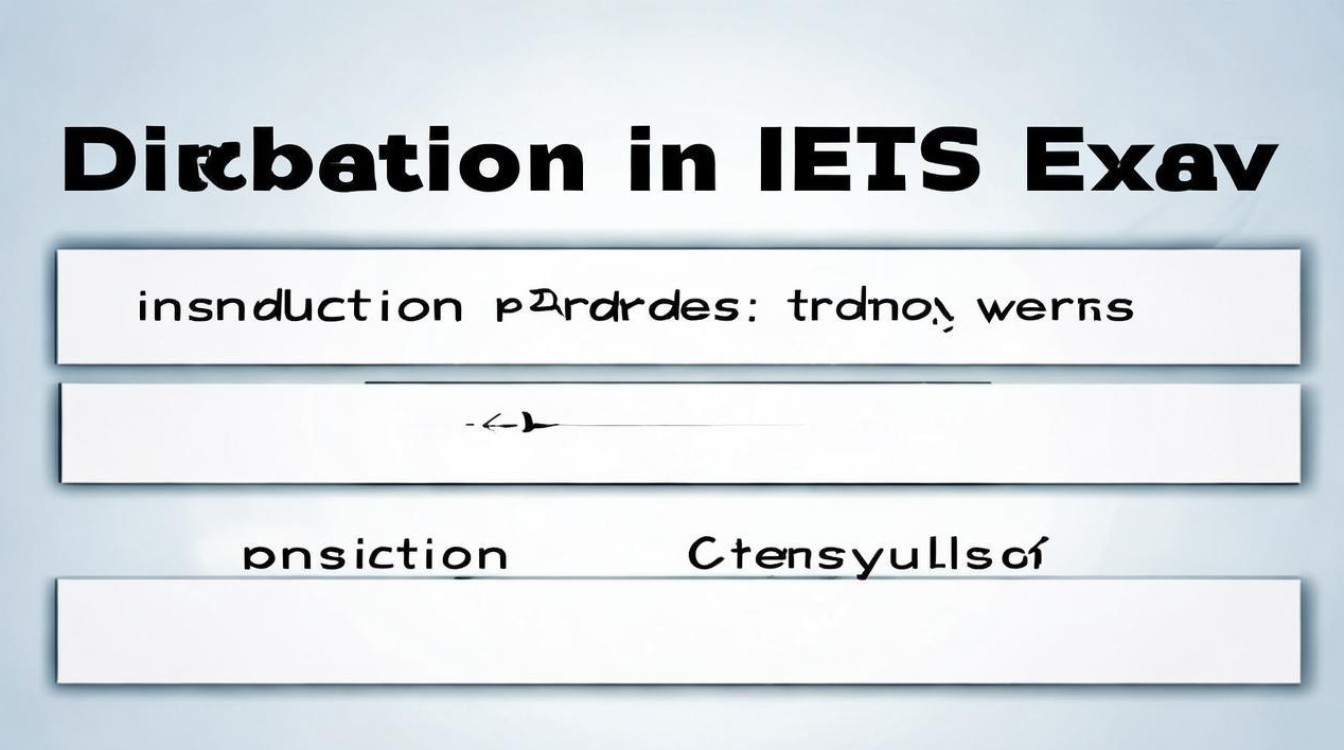雅思写作考试中,大作文(Task 2)是评分重点,而合理的段落分布直接影响逻辑性和得分,许多考生在写作时容易忽略段落结构,导致观点混乱或论证不充分,本文将详细解析雅思大作文的标准段落分布,并提供实用技巧,帮助考生高效组织内容。

引言段(Introduction)
引言段是文章的开篇,通常包含2-3句话,主要作用是明确题目背景、提出个人立场。
- 第一句:改写题目(Paraphrase),避免直接照抄题目原句,题目是“Some people believe that technology has made life more convenient, while others argue it has caused more problems.”可以改写为“Technological advancements have significantly altered modern lifestyles, sparking debates over whether they bring convenience or complications.”
- 第二句:表明观点(Thesis Statement),清晰表达自己的立场。“This essay argues that technology ultimately improves quality of life despite certain challenges.”
常见错误:
- 引言过长,占用正文篇幅。
- 立场模糊,如“This essay will discuss both sides.”(应明确支持或反对某一方)。
主体段1(Body Paragraph 1)
主体段是论证核心,通常需要2-3段,每段围绕一个核心论点展开。
- 主题句(Topic Sentence):直接阐明本段论点。“One major advantage of technology is its role in enhancing communication.”
- 解释(Explanation):进一步说明论点,避免空洞陈述。“With the rise of smartphones and social media, people can instantly connect across continents, fostering global collaboration.”
- 例证(Example):用具体事例支持观点。“During the COVID-19 pandemic, remote work platforms like Zoom enabled businesses to continue operations despite lockdowns.”
- 衔接(Linking Sentence):适当过渡到下一论点。“Besides improving communication, technology also revolutionizes healthcare.”
技巧:

- 每段聚焦一个核心观点,避免混杂多个论点。
- 例证优先选择社会现象、统计数据或历史事件,避免个人轶事。
主体段2(Body Paragraph 2)
第二段结构与第一段类似,但需注意逻辑递进或对比。
- 如果采用双边讨论(Discuss Both Views),第二段可陈述对立观点。“However, critics argue that technology contributes to social isolation.”
- 如果采用单边支持(Opinion Essay),第二段可提供另一论据。“Furthermore, technological innovations in medicine have drastically reduced mortality rates.”
关键点:
- 使用衔接词(However, Moreover, In contrast)确保段落连贯。
- 反驳对立观点时,需用逻辑或证据削弱其合理性,而非简单否定。
让步段(可选)
高分作文常包含让步段,体现辩证思维。
“Admittedly, overreliance on technology may lead to privacy concerns, as seen in data breaches involving major corporations. Nevertheless, stricter regulations can mitigate these risks without abandoning technological progress.”

作用:
- 展示全面思考,避免绝对化表述。
- 增强说服力,体现批判性分析能力。
结论段(Conclusion)
结论段需简洁有力,通常1-2句话,避免引入新观点。
- 重申立场:用不同措辞重复核心论点。“In conclusion, while technology presents certain drawbacks, its benefits in communication, healthcare, and education far outweigh the downsides.”
- 展望或建议(可选):“Governments and individuals should collaborate to maximize its potential while addressing ethical concerns.”
禁忌:
- 使用“In a nutshell”等非正式表达。
- 突然提出未论证的新观点,如“Future research should explore AI ethics.”
个人观点
雅思大作文的段落分布并非固定模板,但遵循“引言-主体-的基本框架能确保逻辑清晰,考生应灵活调整段落数量(如是否需要让步段),但每段必须目的明确、论证充分,平时练习时,建议先列提纲,明确每段核心内容,再填充细节,避免写作过程中偏离主题。




